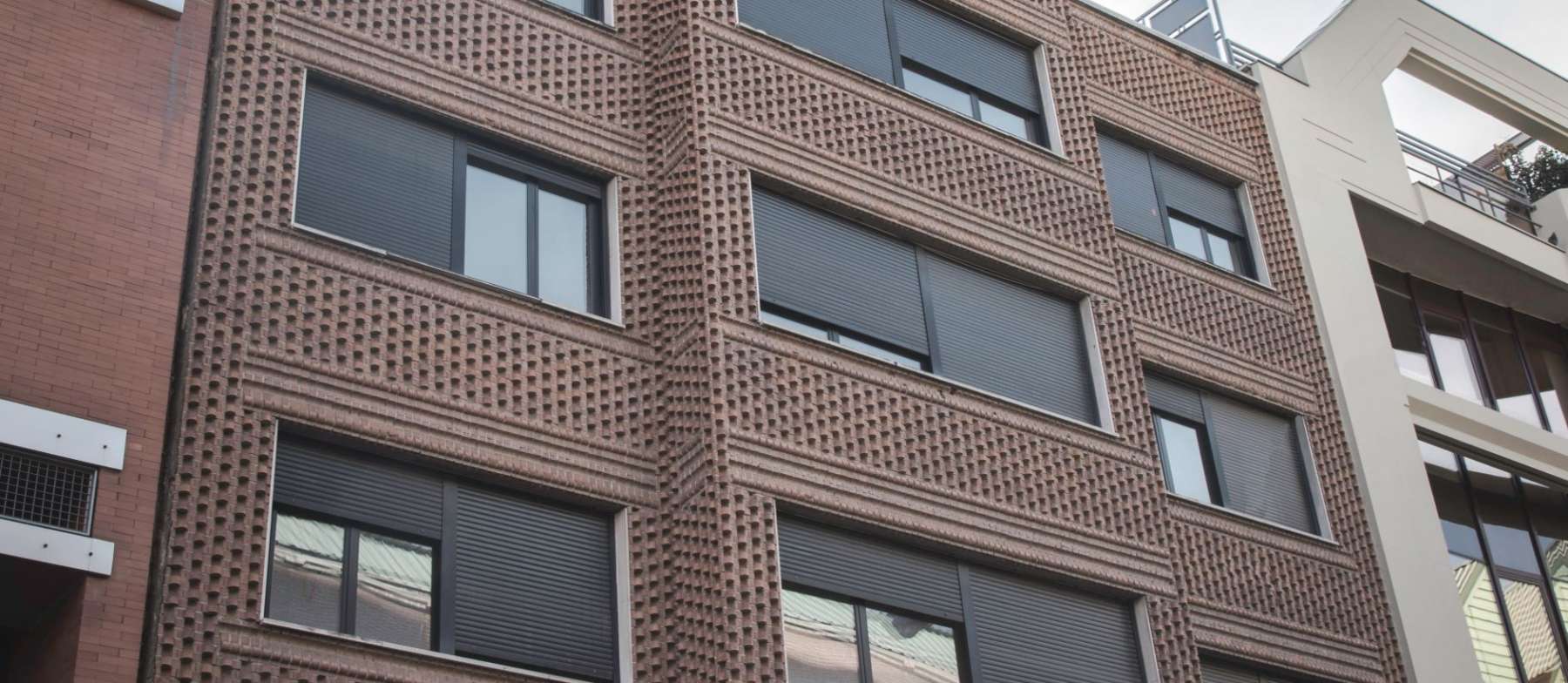El ritmo de obra. 2 slow 2 furious
Continuando con la saga de post que desde Antana queremos lanzar para intentar orientar a los promotores más neófitos dentro del universo del proyecto y la construcción, ahora le toca el turno al análisis del ritmo de obra. ¿Se está ejecutando la obra a un ritmo normal?¿Están yendo lento y debo estar decepcionado?.
A continuación vamos a diferenciar las diferentes percepciones durante las fases de obra y enumerar las formas más convenientes para analizar el avance.
Tomemos de referencia una obra normal, es decir, una obra para la que existe un buen proyecto de ejecución, se ha hecho un estudio pormenorizado de los trabajos y elaborado una planificación realista acorde a dichos trabajos. Esto parece una obviedad, pero es menos común de lo que pensamos a pesar de ser fundamental para el correcto desarrollo de la construcción.
Dicho esto, parecería que simplemente con la planificación en la mano, seríamos capaces de evaluar el avance. El problema es que en ocasiones no nos tomamos ese tiempo de análisis además de que la planificación es un documento vivo, es decir, es susceptible de cambiar para adaptarse a la multitud de condicionantes que tiene una obra, como por ejemplo, modificaciones de proyecto, problemas inesperados, cambio de materiales… Por lo tanto, es un documento indispensable, pero debemos complementarlo con otras estrategias de control.
Fases de una obra
Volviendo al desarrollo de esa obra normal, la experiencia nos dice que podemos diferenciar 3 fases en las que el cliente percibe 3 velocidades diferentes de ejecución a pesar de que la planificación se esté cumpliendo estrictamente.
- FASE 1: Comenzamos la obra y se ejecuta la estructura, la fachada y se comienza con las particiones. En esta fase parece que la gente vuela. Esto es porque nos fiamos de lo que ven nuestros ojos y vemos mucho volumen realizado.
- FASE 2: Instalaciones y pedidos. Sin duda el peor momento, semana a semana el cliente ve lo mismo, parece que la gente estuviera parada sin trabajar, el caso es que hay un número semejante de trabajadores, pero aquello no avanza. Bueno, esto no es así. El problema es que en este punto se suele estar ejecutando las instalaciones, rellenando de cables, conductos y canalizaciones las particiones, techos, zanjas. Es habitual también que estemos esperando algún pedido de alguna máquina singular que se hizo a principio de obra o de una carpintería que se debía medir en fase 1 por lo que algunos trabajos no puedan comenzar hasta recibir dicho material. Es momento de guardar la calma y cerciorarse mediante las herramientas que indicaremos a continuación, que todo sigue en orden.
- FASE 3: Nos empezamos a acercar al final y el cambio entre un material en bruto y uno con su acabado es espectacular. Las estancias cambian por horas, la percepción es que los trabajadores vuelven a volar ejecutando sus trabajos y si además empezamos a recibir mobiliario nos transportamos mentalmente al maravilloso día de la entrega de la obra.

Como clientes/promotores podemos guiarnos por otros parámetros además de la planificación para objetivar esta percepción. La más habitual es la relación entre cantidades certificadas y número de personas en obra ya que las producciones mensuales durante una obra salvo recepción de elementos muy singulares en un periodo concreto, suele ser más o menos continua salvo al principio y al final que son un poco menores. Es decir, si estamos a mitad de planificación, están certificados la mitad de los trabajos y hay en obra más o menos el mismo número de personas que sacaron adelante la producción del mes anterior, lo normal es que todo vaya bien. Esto es aplicable a cualquier momento de la obra, simplemente habrá que calcular el porcentaje de obra que debería estar ejecutado.
Es necesario recordar que por lo general el actor al que menos le interesan los retrasos de obra es a la constructora, ya que los costes indirectos incrementan por encima de lo previsto y puede dejar de ser un trabajo rentable. De modo que ante la detección de un retraso en obra es necesario investigar el verdadero origen de la ralentización para corregirlo y volver a llevar la obra al punto correcto.
Es habitual que la toma de algunas decisiones ajenas a la constructora no se esté haciendo de la manera más ágil posible y unido a unos plazos de suministro más largos de lo normal de materiales elegidos a última hora genere grandes retrasos. Estas decisiones pueden depender incluso del propio cliente que a pesar de las advertencias no sea consciente de la repercusión de posponer la elección de un material o de una simple luminarias.
Ojo a este último punto, no siempre las constructoras tienen la culpa de todo.
Llámanos y te explicamos con mas detalle.
También te gustaría
Tendencias relacionadas

Antana resulta adjudicataria de la construcción de uno de los mayores espacios de Coworking de la Capital

REFLEXIONES DE UN ARQUITECTO CONSTRUCTOR DE SUEÑOS



